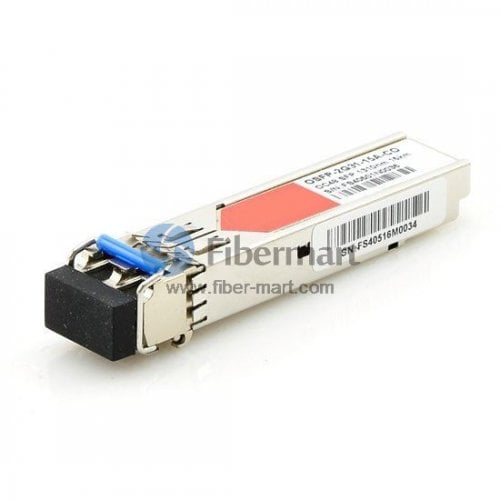As the demand for data grows and network technologies continue to advance, the role of fiber optics in modern network infrastructure becomes increasingly crucial. Fiber-Mart aims to demonstrate how advanced fiber optic solutions can optimize network design to ensure efficient data transmission and network reliability by analyzing the practical applications of trunk fibers, reel fiber cables, and fiber transceiver transceivers.

Trunk Fibers: Building Efficient Data Channels
Trunk fibers, also known as backbone cables, are large-capacity communication cables used for long-distance transmission of massive amounts of data. They usually consist of multiple fiber strands bundled together within a protective outer jacket. Backbone cables are typically used in telecommunications networks and data centers to connect various network devices such as switches, routers, and servers. These cables provide reliable high-speed connections, allowing efficient data transfer between different locations.
As a key component connecting the network backbone, the optimized use of trunk fibers is crucial for large network architectures. For example, using high-quality trunk fibers in designing the internal network of a data center can significantly reduce signal loss and latency, especially when handling data replication and high-frequency trading operations across data centers.

In practical cases, deploying trunk fibers between the core and distribution layers of a data center can effectively support data rates from 10Gbps to 100Gbps, while ensuring scalability and flexibility. Moreover, an appropriate layout of trunk fibers can simplify future upgrades, such as from 10Gbps to 40Gbps or 100Gbps, without the need to replace the existing fiber architecture.
Reel Fiber Cables: Offering Flexible Deployment Solutions
Reel fiber optic cable are designed for portable and rapid deployment fiber cable systems. These cables are usually wound around a lightweight reel or drum, allowing them to be quickly deployed and retracted as needed, making them ideal for temporary installations, mobile scenarios, or environments requiring frequent movement and rapid cabling.
In scenarios requiring temporary high-bandwidth network connections, such as large conferences or temporary exhibitions, reel fiber cables are an ideal choice. Their portable design allows for quick deployment and dismantling, greatly improving on-site work efficiency.

For instance, in large sporting events, networks quickly established using reel fiber cables not only handle live video streaming needs but also support dense data transfers, such as instant replays and multi-angle cameras. This approach not only saves significant wiring time but also enhances network stability and reliability.
Choosing and Applying Fiber Optic Transceivers
Fiber optic transceivers are optoelectronic devices used to convert optical signals to electrical signals or vice versa. They typically play a crucial role in fiber optic communication systems, connecting fiber transmission lines to network equipment such as switches, routers, and servers.
Choosing the right fiber optic transceiver is a key step to ensure network performance. Different fiber transceiver types, such as single-mode and multimode, cater to different application scenarios and performance requirements. Single-mode fiber optic transceivers are suitable for long-distance transmission, while multimode fiber optic transceivers are better suited for internal data center or short-distance high-bandwidth connections.

In a specific network upgrade project, for example, a business network upgrading from 1Gbps to 10Gbps, the correct choice of fiber optic transceivers and the appropriate fiber type (such as choosing between single-mode or multimode) can ensure compatibility and final performance expectations during the upgrade process.
Conclusion
By appropriately selecting and applying trunk fibers, reel fiber cables, and fiber transceiver transceivers, network performance and reliability can be significantly improved. As technology evolves, these advanced fiber optic solutions will continue to play a key role in building efficient, flexible, and scalable network infrastructure. Considering the optimal configuration and use of these components in the design and implementation of network infrastructure is an essential step towards achieving high-performance network goals.















No comments have been posted yet.